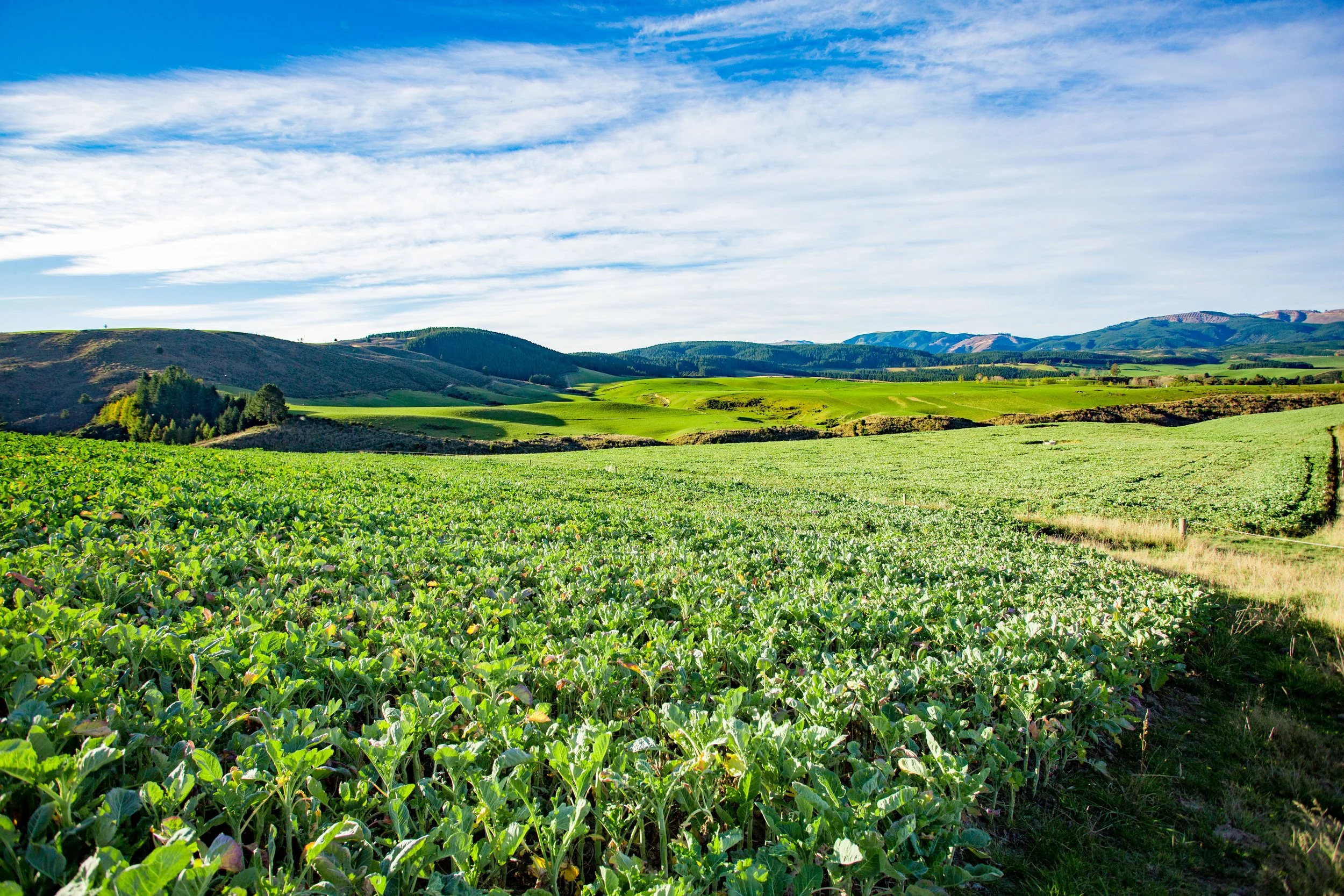Why Rural Land Remains a Beacon of Stability in Uncertain Times
In a world of persistent inflation, strained supply chains, and financial uncertainty, investors are asking a crucial question: Where can I find long-term stability without compromising returns?
The answer lies beneath your feet. Rural land is real, productive, and increasingly scarce, and at New Zealand Rural Land Company (NZL), we make it accessible.
New Zealand’s food and fibre sector generated $59.9 billion in export revenue in the year ending June 30, 2025, and is projected to reach $62 billion by 2027, with horticulture alone expected to grow +12% in 2025 (MPI, SOPI Report). These are real-world results from real-world assets.
Rural land isn’t exposed to the same volatility as high-risk, short-term market assets as equities or derivatives. NZL’s portfolio, spanning pastoral, horticultural, and forestry land, reflects the enduring value of productive, real-world assets that contribute directly to food security and environmental resilience. Demand is rising, yet they’re not making more land. The Food and Agriculture Organisation (FAO) projects that global food production will need to increase 60% by 2050 to feed a growing population. Meanwhile, New Zealand’s premium agricultural brand and track record position us well to help meet this need and deliver returns while doing so.
NZL’s model is simple: we own the land and lease it to high-performing operators under long-term, CPI-adjusted leases. For investors, this means dependable income streams that rise with inflation, without the day-to-day risks or complexity of direct farm management.
History supports the case for rural land. Over the past 28 years, New Zealand farmland has appreciated at a compound annual growth rate of 5.9%. This long-term value growth has been driven by productivity gains and increasing global food demand. Compared to urban or commercial property, rural land has delivered fewer shocks and more stable capital appreciation and lease value.
The environmental value of land is growing via the Emissions Trading Scheme (ETS), and landowners are being rewarded for forestry that sequesters carbon. NZL’s forestry investments are not just commercially attractive; they contribute directly to New Zealand’s goal of net-zero carbon emissions by 2050.
Rural land offers something rare: consistency. In a time of daily headlines and market swings, it provides long-term leases, natural value growth, and low correlation with equities. It’s the kind of reliability that long-term investors seek. While farmland sale volumes can fluctuate in line with broader economic trends, the underlying value of quality land has remained relatively resilient. For example, in early 2024, the median value of New Zealand farmland declined by just 1.3%, while the S&P/NZX 50 Index fell 5.3% in the same period, reinforcing the resilience of rural land compared to more volatile asset classes.
It’s no surprise that institutional capital is flowing into rural land; it’s steady, productive, and aligns with Environmental, Social, and Governance (ESG) criteria. Private capital is following suit, shifting from speculative urban property to legacy assets with intergenerational value.
And this opportunity isn’t just for institutions. Listed vehicles like NZL provide access to rural land through the NZX, allowing you to own a share in real, essential assets without the burden of direct land management and large amounts of capital.
As Warren Buffett once said:
“The goal of the nonprofessional should not be to pick winners… but should rather be to own a cross section of businesses that in aggregate are bound to do well.”
We believe rural land fits that brief, and then some.
At NZL, we don’t just invest in land. We invest in the future of land use. Rural land has always been foundational. Today, it’s transformational. In a noisy, uncertain world, rural land stands quietly resilient.
Richard Milsom
Co-founder and Director, New Zealand Rural Land Management
Published November 2025
Source: MPI



